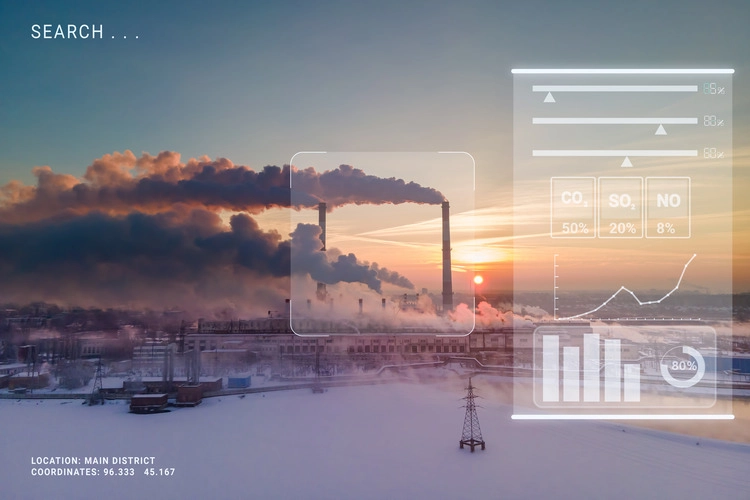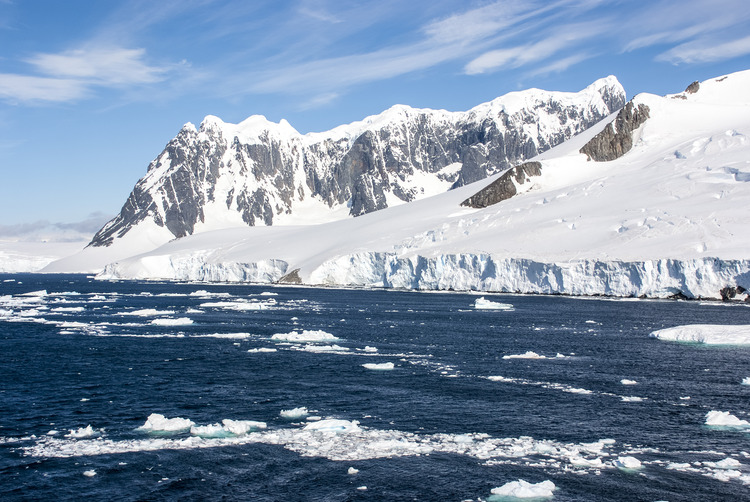
Marco Magrini says we know what we have to do to deal with the climate crisis, but time is running out for us to get it done


And here we are – at our last lap around the Sun before the eventful first quarter of the 21st century is consigned to history. In 2001, almost 25 years ago, George W Bush was US president at the time of the most momentous of terrorist attacks; there were 6.2 billion people on the planet and armed conflicts in 28 countries; carbon dioxide concentrations in the atmosphere were at 371 ppm (parts per million).
What difference does a quarter-century make? At the beginning of 2025, another kind of shock is expected to rock the White House; the world’s population has reached a count of 8.2 billion and two major conflicts are overshadowing every other similar tragedy; CO2 concentrations are just shy of 425 ppm.
Enjoying this article? Check out Macro’s climate columns:
With time, any electoral term will come to an end. Those gruesome wars will someday cease, hopefully very soon. The population is projected to stop growing. But the amount of greenhouse gases in the atmosphere (there’s more than carbon dioxide alone) is set to increase for an unpredictable time. Those who are experts in this field swear with certainty that this is going to be a menace to humanity’s survival, albeit in a sea of geopolitical, economic and demographic uncertainties.

Decarbonising our civilisation is surely a daunting task. As is often noted, the road to a zero-carbon planet is obstructed by the vested interests of companies and their lobbyists, by the will of some nations to exploit their resources to the last drop, by fossil fuel subsidies, eating habits and even psychological biases.
However, there’s an additional hurdle that shouldn’t exist at this stage of human progress: a rampant and widespread denial of science. Science is not a religion, as some of its critics say. It’s just a method that, since Galileo, has been working remarkably well: observe, question, hypothesise, experiment, confirm.
Science knows that present CO2 levels, at 425 ppm, are the highest in the past 800,000 years, simply because scientists drilled deep into ice sheets in Antarctica and Greenland to extract ice cores that, containing trapped air bubbles, provide a historical record of atmospheric composition.
Science knows that carbon dioxide has the property of trapping the Earth’s infrared radiation because an American woman, Eunice Foote, meticulously tested the reaction of diverse gases to solar radiation in around 1856 (and since the Swedish physicist Svante Arrhenius wrote a paper on the subject in 1896).
Science has doubts, too. A multitude of natural phenomena are still partially or completely shrouded in mystery, including the very human intelligence we
use to understand them. Yet, a lot of things are known without a shadow of doubt, as testified by our technological society.
As weird as it may sound, in every country (with the USA leading the way) there are people keen on disseminating suspicion or even downright hatred against science through handheld devices that would never exist without James Clerk Maxwell’s electromagnetism, Einstein’s special relativity or the oddities of quantum mechanics.

As a side note, it’s worth pointing out that the UN has billed 2025 the International Year of Quantum Science and Technology, the ambition of which is to ‘strengthen national capacities in the basic sciences and science education’, whose lack is one of the key factors in the growing science-denial bubble of ignorance.
To compile its huge Sixth Assessment Report, the Intergovernmental Panel on Climate Change, better known as the IPCC, tapped into the expertise of some 270 authors from 67 countries, supported by 675 contributing authors.
Such a gathering of accumulated knowledge has always maintained, now with marked confidence, that crossing the 450 ppm mark would cause the global mean temperature to reach 2°C and above. In other words, we have the certainty that we will be diving into more uncertainty.
Here we are then, at the start of 2025, just 25 ppm of carbon dioxide away from that threshold. A decrease in emissions is starting to happen, mostly thanks to improvements in technology (the price of solar panels has fallen by nearly 97 per cent in 25 years), and scientists are busily searching for ways to remove CO2 from the atmosphere as a measure of last resort. Yet, it’s not enough to avoid the known consequences.
Since 2001, we added 54 ppm to the CO2 count. We simply can’t afford to do the same in the next quarter-century.



